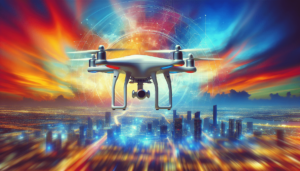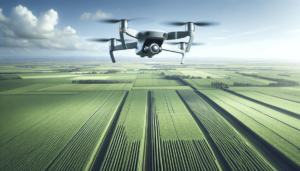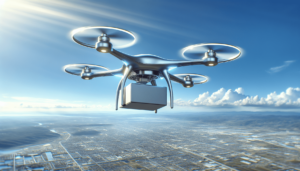Is the emergence of drone swarming technology reshaping industries beyond the confines of the military? This question stirs curiosity about the various ways modern technology is influencing civilian life. Swarming drones, often seen as a marvel of military innovation, are increasingly finding applications outside the battlefield. As technology advances, it’s essential for us to understand not only the mechanics of these systems but also their broader implications.
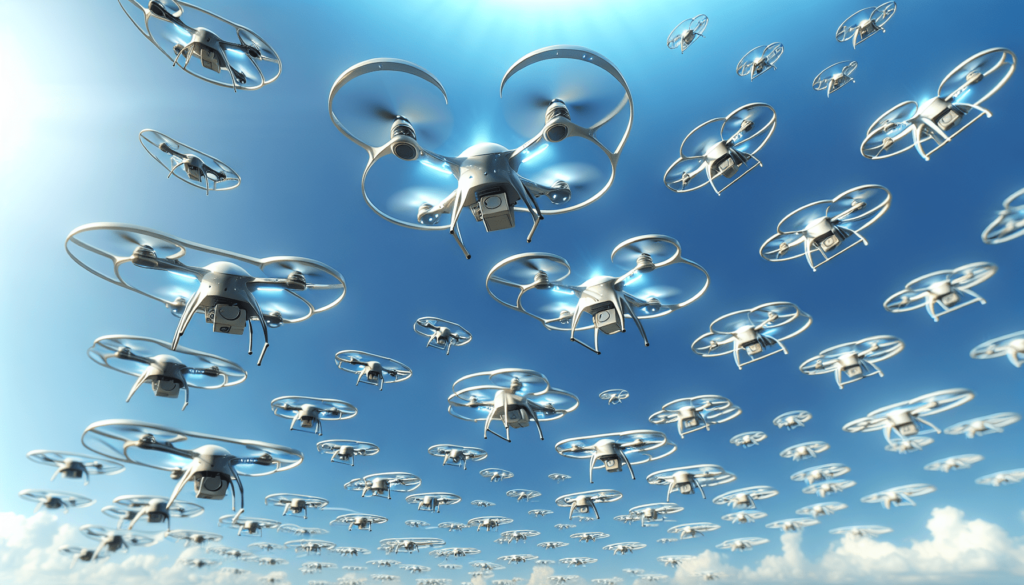
Understanding Drone Swarming Technology
Drone swarming involves multiple drones operating in a cohesive, cooperative manner to accomplish specific tasks. This concept mimics the behavior of biological swarms, such as bees or birds, which work together towards a common goal. Drones in a swarm communicate and coordinate autonomously, enabling them to perform tasks that a single drone could not accomplish alone.
How Does It Work?
The essence of swarming relies on communication and coordination. Each drone in the swarm processes information received from its sensors and communicates with other drones to adjust its actions. These drones typically operate using algorithms inspired by nature. Here’s a basic look at how this works:
| Component | Functionality |
|---|---|
| Sensors | Gather environmental data |
| Communication | Exchange information among drones |
| Coordination | Align actions to achieve a collective goal |
The Technology Behind Swarming
The technology that enables drone swarming includes sophisticated software, algorithms, and robust communication systems. A key part of this technology is the capability of drones to make real-time decisions without centralized control. This autonomy is often powered by artificial intelligence and machine learning algorithms.
Key Technological Components
- AI and Machine Learning: These algorithms allow drones to adapt to new data and optimize their behavior.
- Robust Communication Systems: Secure and reliable communication channels are crucial for real-time data exchange.
- Advanced Sensors: High-precision sensors help drones understand their environment and adjust their actions.
Military Applications and Beyond
Initially developed for military objectives, drone swarming has proven effective in various complex operations such as surveillance, reconnaissance, and target engagement. However, the potential of this technology extends far beyond defense.
Civilian Uses of Drone Swarming
- Disaster Management: Swarms can assess large areas quickly, locating survivors after natural disasters more effectively than traditional methods.
- Agriculture: Swarming drones can monitor crops, identifying issues like pest infestations or nutrient deficiencies, helping farmers optimize yield.
- Infrastructure Inspection: Drones can inspect bridges, power lines, and other infrastructure more safely and cost-effectively than human inspectors.
Environmental Applications
In the environmental sector, drone swarming can play a significant role in conservation efforts and ecological monitoring. These drones can survey large territories for wildlife counting, forest monitoring, and even pollution tracking.
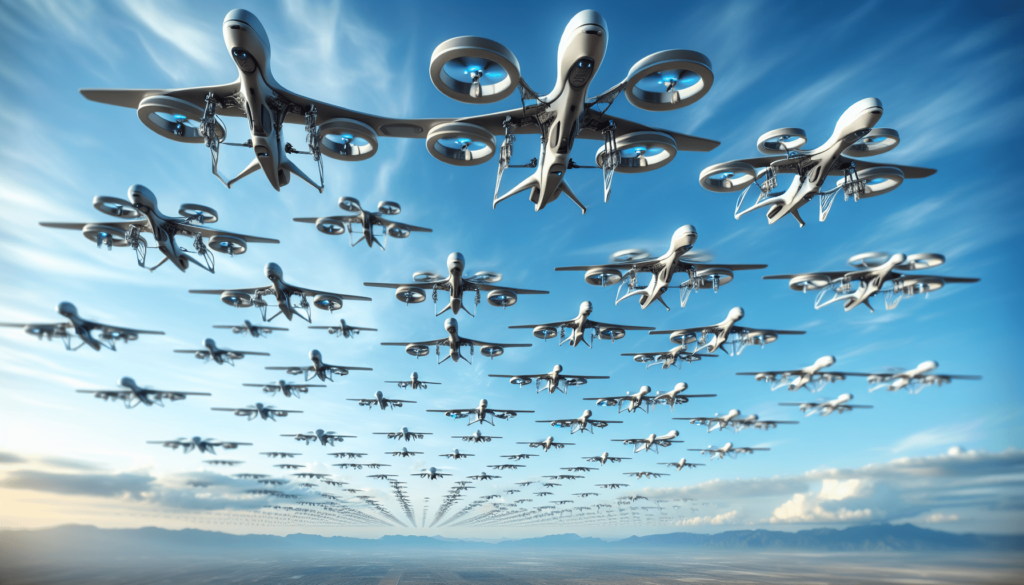
Industrial and Commercial Potential
Beyond agriculture and environmental management, the industrial sector has much to gain from drone swarming technology. Industries such as mining and energy production benefit from the capabilities of swarming drones to monitor and optimize operations.
Efficiency in Mining
To improve efficiency and safety, swarming drones can survey mining areas for operational optimization and monitor environmental conditions that may present hazards.
Transforming the Energy Sector
The energy industry, particularly renewable energy, can leverage drones for the inspection of solar farms and wind turbines, ensuring thorough and efficient maintenance.
Implementing Swarming Drones in Logistics
One of the most promising areas for drone swarming technology is logistics. Companies are exploring how swarming drones can revolutionize parcel delivery by improving speed and accuracy, especially in remote locations.
Logistics Operations Breakdown
| Task | Swarm Application |
|---|---|
| Package Delivery | Drones collaborate to map and navigate routes |
| Inventory Management | Swarms conduct rapid stock assessments |
| Warehouse Operations | Support goods transportation and sorting |
Case Studies: Successful Implementations
Some businesses have actively integrated drone swarms in their operations, yielding remarkable results in various industries. It’s worth noting companies like Amazon and UPS exploring such technologies to enhance their logistics capabilities.
Challenges and Regulatory Considerations
With opportunities come challenges, especially in terms of regulatory frameworks. As drones become more prevalent, issues around safety, privacy, and airspace management need attention.
Overcoming Technical Challenges
Despite their potential, swarming drones face challenges such as communication disruptions and energy limitations. The development of more efficient power sources and communication systems will be crucial to overcoming these barriers.
Navigating Legal Landscapes
Countries vary in their regulation of drone technology, which can pose obstacles to widespread adoption. Collaborative efforts between industries and regulatory bodies are necessary to create comprehensive frameworks that ensure operational safety and privacy protection.
The Future of Drone Swarming
The journey of drone swarming technology is just beginning. As capabilities and AI algorithms become more advanced, the potential applications will continue to expand, opening new horizons in technology and industry.
Innovative Concepts on the Horizon
- Autonomous Urban Transport: Swarming capabilities could facilitate the development of air taxis, contributing to next-generation urban transport.
- Personal Security Drones: There may be developments in personal drones for enhanced security and surveillance tailored to individual needs.
- Space Exploration: Concepts are emerging to use swarming drones in space missions, exploring asteroids or other celestial bodies for scientific research.
Conclusion
In unpacking the power of drone swarming technology and its multifaceted applications beyond the battlefield, we gain insight into a dynamic and rapidly evolving technological landscape. As this technology matures, it promises to redefine how we approach myriad tasks, from disaster response to commercial logistics, reshaping our industries and our understanding of what is possible. Through continued innovation and regulatory collaboration, drone swarming will likely find a critical role in shaping a technologically advanced future.
